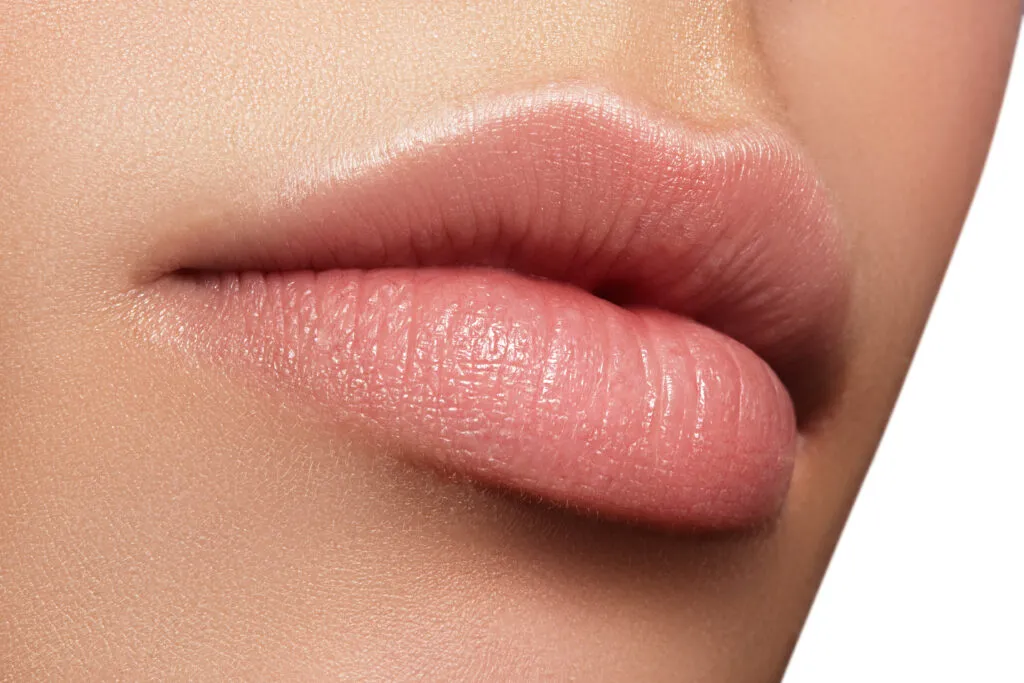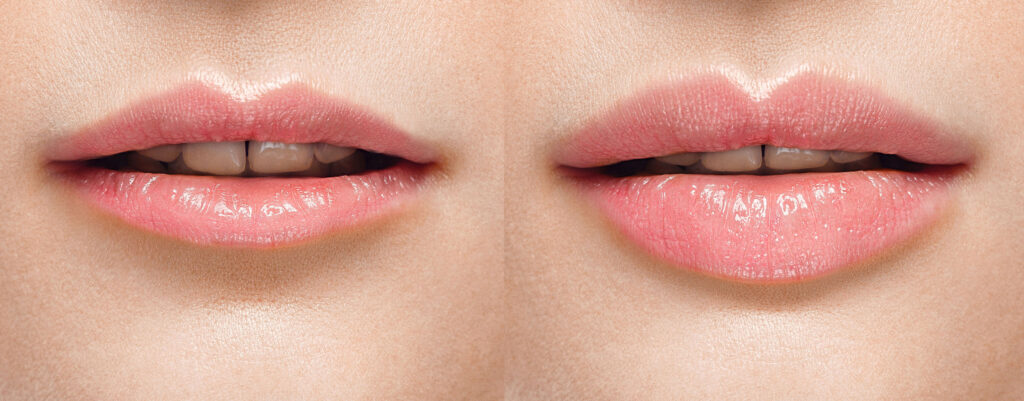Are you considering enhancing your lips for a fuller, more defined look? Fat transfer lip augmentation is a popular cosmetic procedure that uses your body’s fat to achieve natural-looking results. This step-by-step guide will walk you through what to expect before, during, and after the procedure. From recovery timelines to potential side effects, we’ll cover all the essential information you need to make an informed decision.

Achieving Natural Fullness with Fat Transfer Lip Augmentation
- Fat transfer lip augmentation uses your body’s own fat, offering a natural alternative to synthetic fillers and implants, reducing the risk of allergic reactions and providing a more natural feel.
- Unlike other lip augmentation methods, fat transfer results can last several years, with many patients enjoying fuller lips for at least five years.
- The process involves harvesting fat from areas like the abdomen or thighs, purifying it, and injecting it into the lips, typically completed within one to two hours under local anesthesia.
- Post-procedure care includes following aftercare guidelines such as eating soft foods, avoiding strenuous activities, using ice packs to reduce swelling, and keeping the head elevated during sleep.
- Possible complications include swelling, bruising, infection, uneven lips, and other issues, highlighting the importance of discussing risks with a skilled surgeon before the procedure.
Fat Transfer Usage in Lip Augmentation
Fat transfer for lip augmentation is a popular lip enhancement technique that uses your body’s fat tissue collected from areas with excess fat deposits, such as the abdomen or thighs.
This type of lip augmentation is a natural alternative to fillers and implants, which reduces the possibility of rejection and allergic reactions.
The extracted fat is precisely injected into the lips to improve lip volume and reduce vertical lip wrinkles, resulting in a more youthful appearance. The operation is done using local anesthetic and can be completed in one visit.
Fat Transfer Lip Augmentation Advantages
One of the primary benefits of this treatment is that it uses your body’s own fat, lowering the risk of allergic reactions or rejection associated with synthetic fillers. In addition, a fat transfer might provide a more natural sensation than implants. Fat transfer outcomes can also last a long time, with many patients enjoying the benefits for several years.
The Procedure
There are several steps to the fat transfer lip enhancement process. To begin, the surgeon will choose a good spot to take the fat from. This is usually a place with a lot of extra fat, like the thighs or stomach. A small cannula and light suction are then used to remove the fat.
What to Expect During a Fat Transfer Lip Augmentation Procedure
Once the fat has been collected, it goes through a cleaning process to separate the fat cells from other substances. A small needle is then used to inject this clean fat into the lips. How much fat is pumped will depend on how much of an increase you want. Most of the time, the process only takes one to two hours, and patients can go home the same day.
Are You Ready For A Consultation?
You are about to take the first steps towards improving your appearance and enhancing your self-image by learning about contemporary plastic surgery.
Who Is a Candidate for Fat Transfer Lip Augmentation?
You’re a good candidate for a fat transfer lip augmentation if you’re in good health, don’t smoke, and have realistic expectations about the results. You also need to have enough fat in other parts of your body to use for the procedure. If you have active infections, chronic health issues, or are on certain medications, you might not be a good fit for this procedure.
Risks and Limitations of the Procedure
Though fat transfer lip augmentation is thought to be safe, it does come with some risks and restrictions, like the possibility of allergic reactions, bleeding, bruises, or infection.
Unfortunately, the body may absorb the fat that was transferred, making the effects less than ideal. You should definitely talk to your surgeon about these possible risks and limitations before the treatment.
Preparation for the Procedure
To prepare for a fat transfer lip augmentation, you may be asked to stop smoking and avoid certain medications that can increase bleeding, such as aspirin or other anti-inflammatory drugs.
It’s advisable to organize transportation for your return home post-procedure and to have someone stay with you the first night after the procedure.
Your surgeon will provide you with specific instructions based on your individual needs and health status.
Post-Procedure Care
Following the surgery, adhering strictly to your surgeon’s aftercare guidelines is crucial. This may include eating soft foods, elevating your head during sleep, avoiding excessive lip movement, and using ice packs on your lips to reduce swelling. You should also avoid strenuous activities and exercise until your surgeon gives you the all-clear.

Recovery Time After a Fat Transfer Lip Augmentation Procedure
The healing period after fat transfer lip augmentation differs from person to person. Usually, patients can go back to their normal daily routines in about a week.
It may take a few days for the swelling and bruises to go away entirely, though. In the days following the surgery, patients should stay out of strong sunlight and avoid doing strenuous activities to help the healing process.
How Long Do Results Last?
The longevity of the outcomes of fat transfer lip augmentation depends on age, lifestyle, and overall health. However, the results of this operation are typically long-lasting.
Many patients have been satisfied with the outcomes of their lip augmentation for several years. Unlike other forms of lip augmentation, such as lip fillers, which normally last six months to a year, fat grafting can last at least five years.
Possible Side Effects or Complications After Surgery
Fat transfer lip enhancement can have some side effects and problems, just like any other surgery. Some of these are allergic responses, bleeding, bruising, infections, stiffening of the lips, scarring, swelling, and lips that aren’t even.
Patients must call their surgeon right away if they experience these symptoms or any other signs that are cause for worry, like fever, severe swelling, bleeding, or bruising that doesn’t go away.
Follow-up Care After Surgery
Patients should use ice packs to treat swelling and bruises and sleep with their heads raised. A soft food diet is suggested to keep the lips from moving, which helps them heal.
Also, you shouldn’t do anything too hard for a week to make sure your lips get enough blood flow, which helps the fat cells stick together.
You need to make sure you see the surgeon regularly to check on your healing process. Your doctor will see how well the fat transfer worked, and talk about any worries you have about how you look. Additional treatments may be needed for the desired lip volume and shape.
Fat Transfer Lip Augmentation Cost
The cost of fat transfer lip augmentation can vary based on the surgeon’s experience, the surgery’s complexity, and the geographical location.
Because this is a cosmetic procedure, it is typically not covered by insurance. Patients should discuss the cost and any available financing options with their surgeon before the procedure.
Schedule a Fat Transfer Lip Augmentation Consultation With Dr. Agarwal or Dr. Holmes
Schedule a consultation for a fat transfer lip augmentation to begin achieving your desired aesthetic goals. During this initial meeting, you will have the opportunity to discuss your expectations, concerns, and any questions you may have about the procedure.
Dr. Agarwal and Dr. Holmes, board-certified surgeons and experts in lip enhancement, will guide you through the process, explaining the procedure in detail, including the benefits, risks, and what you can expect during recovery.